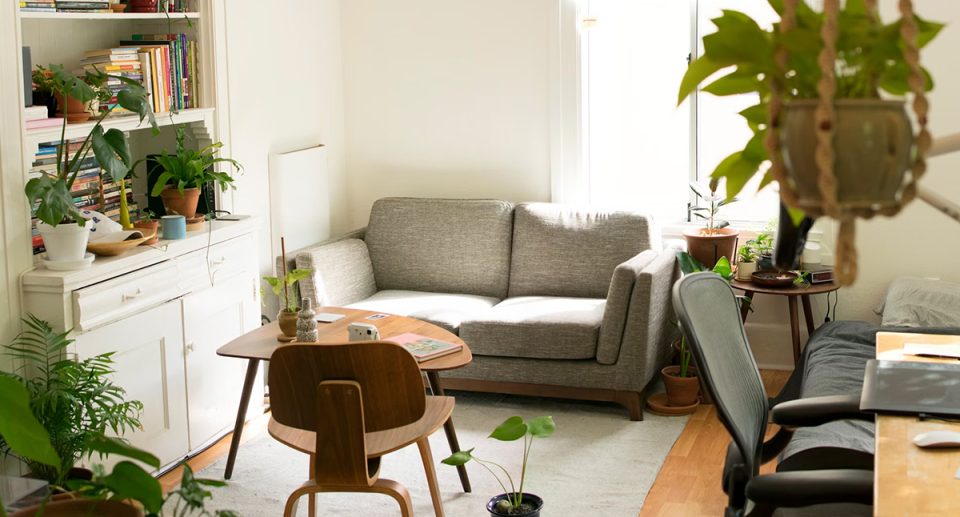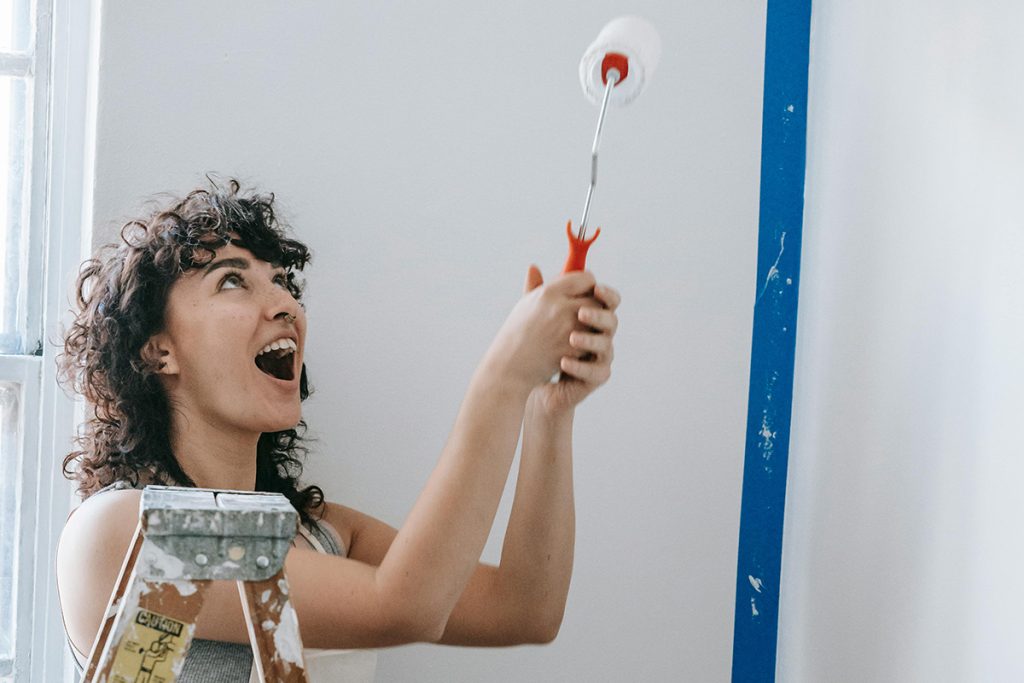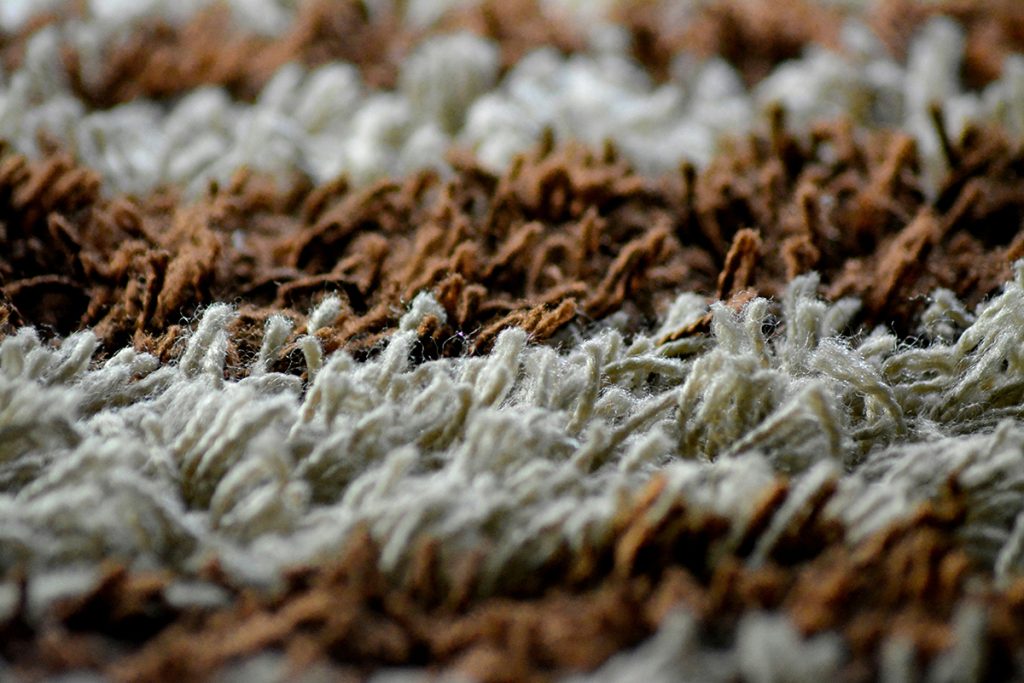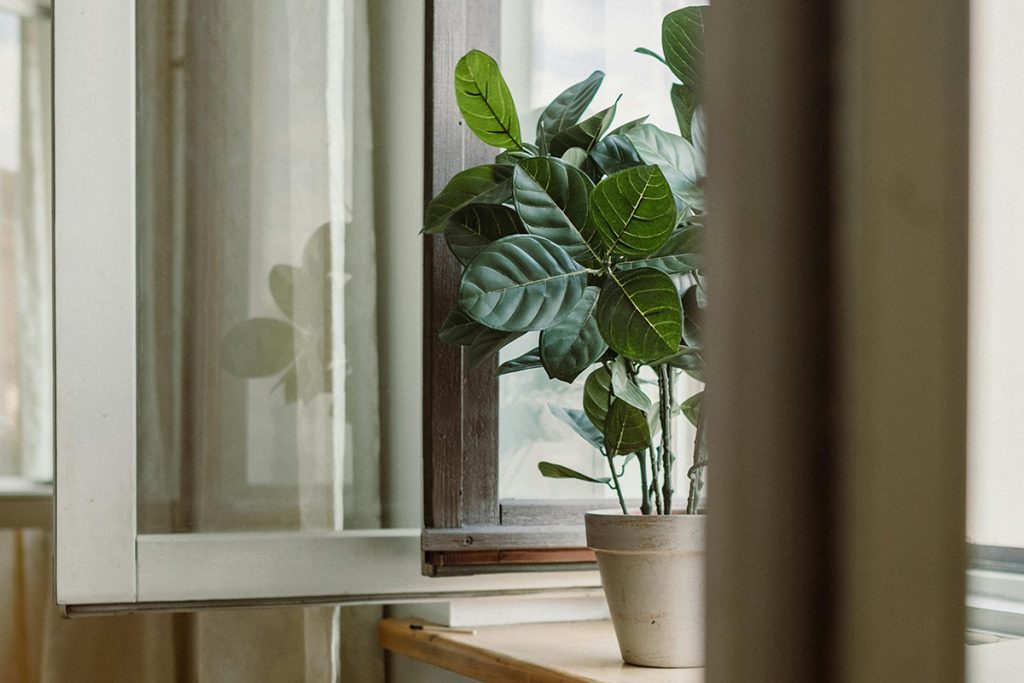7 Everyday household that are causing air pollution

Now, more than ever, there is a heightened need to prioritize improving indoor air quality. In addition to common strategies people employ, there could be household items contributing to air pollution.
While air purifiers effectively cleanse indoor air, it’s important to assess potential sources of pollution.
Numerous everyday household items can release pollutants unnoticed. Identifying these sources is critical for understanding their prevalence and implementing effective mitigation strategies.
Here are 7 common household items and steps you can take to minimize their impact of air pollution:
01. Cleaning products
Many household cleaners contain volatile organic compounds (VOCs) that can evaporate into the air. These compounds contribute to indoor air pollution and can worsen respiratory issues, headaches, and eye irritation.
To mitigate these pollutants, consider using natural products, or create your own using ingredients such as vinegar and pure baking soda.
Additionally, ensure good ventilation by opening windows or using exhaust fans during cleaning. Opt for liquid or solid cleaning products instead of aerosols to reduce VOC emissions.

02. Paints and varnishes
Another unexpected source of indoor pollutants is most paints and varnishes. These products release VOCs and other harmful chemicals into the air during application and drying.
Choose low-VOC paint and varnish options to avoid air pollution. Like with cleaning products, adequate ventilation is crucial—paint in well-ventilated areas and allow sufficient time for the paint to dry completely.
03. Air refresheners
We all desire pleasant-smelling homes, but often the devices we use, like air fresheners and scent boosters, contribute to indoor air pollution. Air fresheners typically contain phthalates and other chemicals that release volatile organic compounds (VOCs), worsening indoor air quality.
If you enjoy a fragrant home, it is recommended using natural alternatives such as essential oils or potpourri. For masking unpleasant odors, improve ventilation by opening windows rather than relying on air fresheners.
Certain houseplants like spider plants or peace lilies also help purify the air naturally, achieving similar results without adding pollutants.
04. Candles
Burning traditional paraffin candles releases soot, benzene, and toluene, contributing to indoor air pollution. Opt instead for natural candles like beeswax or soy candles, which use natural wicks and do not emit harmful chemicals.
Consider using unscented candles to further reduce synthetic fragrance emissions.

05. Carpets and rugs
New carpets and rugs can emit VOCs from adhesives, dyes, and backing materials, contributing pollutants to indoor air. Over time, they also accumulate dust, dirt, and allergens.
Choose low-VOC and eco-friendly options, which are gentler on indoor air quality. Ensure new carpets are installed with low-VOC adhesives and allow them to off-gas before use.
Regular cleaning and vacuuming of carpets and rugs can also help minimize the release of pollutants into your home environment.
06. Furniture
Furniture crafted from pressed wood or particle board may emit formaldehyde and other volatile organic compounds (VOCs). Instead, consider opting for solid wood furniture rather than pressed wood or particleboard.
Another option is to update your furniture with an eco-friendly finish, such as one coated with a low-VOC varnish.
07. Pesticides
Pesticides significantly contribute to indoor pollutant buildup, releasing harmful chemicals into the air that can linger and lead to respiratory issues and skin irritation.
To manage pests effectively while minimizing indoor pollution, explore natural pest control methods like diatomaceous earth or organic neem oil. Utilize traps as part of a combined approach to enhance their efficacy.

Tips for improving your indoor air quality at home
Apart from addressing existing household items that contribute to indoor air pollution, you can also apply these general tips to enhance overall indoor air quality to create a healthy home:
Ventilation. Enhance natural ventilation by opening windows and doors whenever feasible.
Air purifiers. Utilize air purifiers equipped with HEPA and activated carbon filters.
Houseplants. Integrate air-purifying houseplants into your indoor environment.
Regular Cleaning. Establish a consistent cleaning routine to minimize dust, mold, and other airborne pollutants.
Humidity Control. Maintain indoor humidity levels between 30-50% to deter mold growth and dust mite proliferation.



















